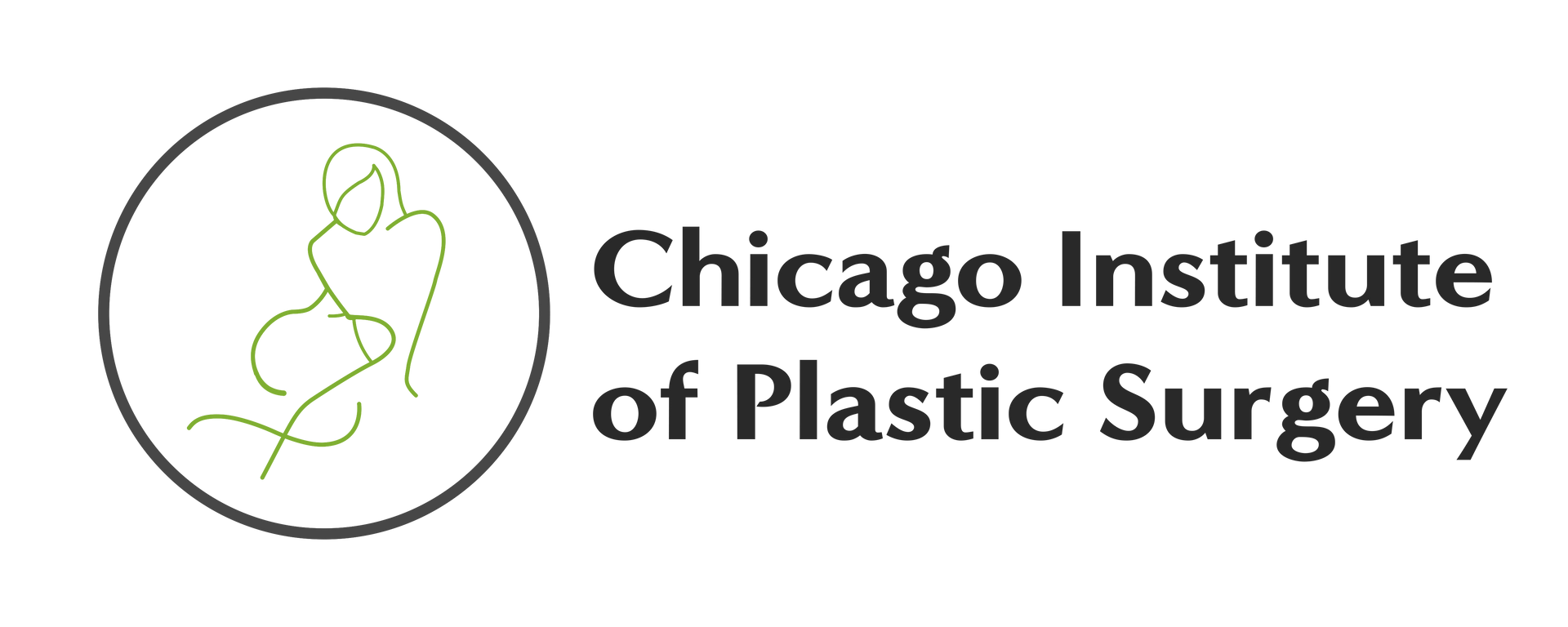What Does the Recovery Process Look Like After Liposuction?
- By Nirav Patel
- •
- 26 Dec, 2024
- •
As you embark on the journey of recovery post-liposuction, it's crucial to understand the intricacies of what lies ahead. From the initial stages of managing discomfort and swelling to gradually reintroducing activities and monitoring incision healing, each step plays a pivotal role in your journey to full recovery. However, there is one aspect often overlooked that can significantly impact your results in the long run. Curious to uncover this crucial element that can make all the difference? Stay tuned to discover how attention to detail can pave the way for a smooth and successful recovery process.
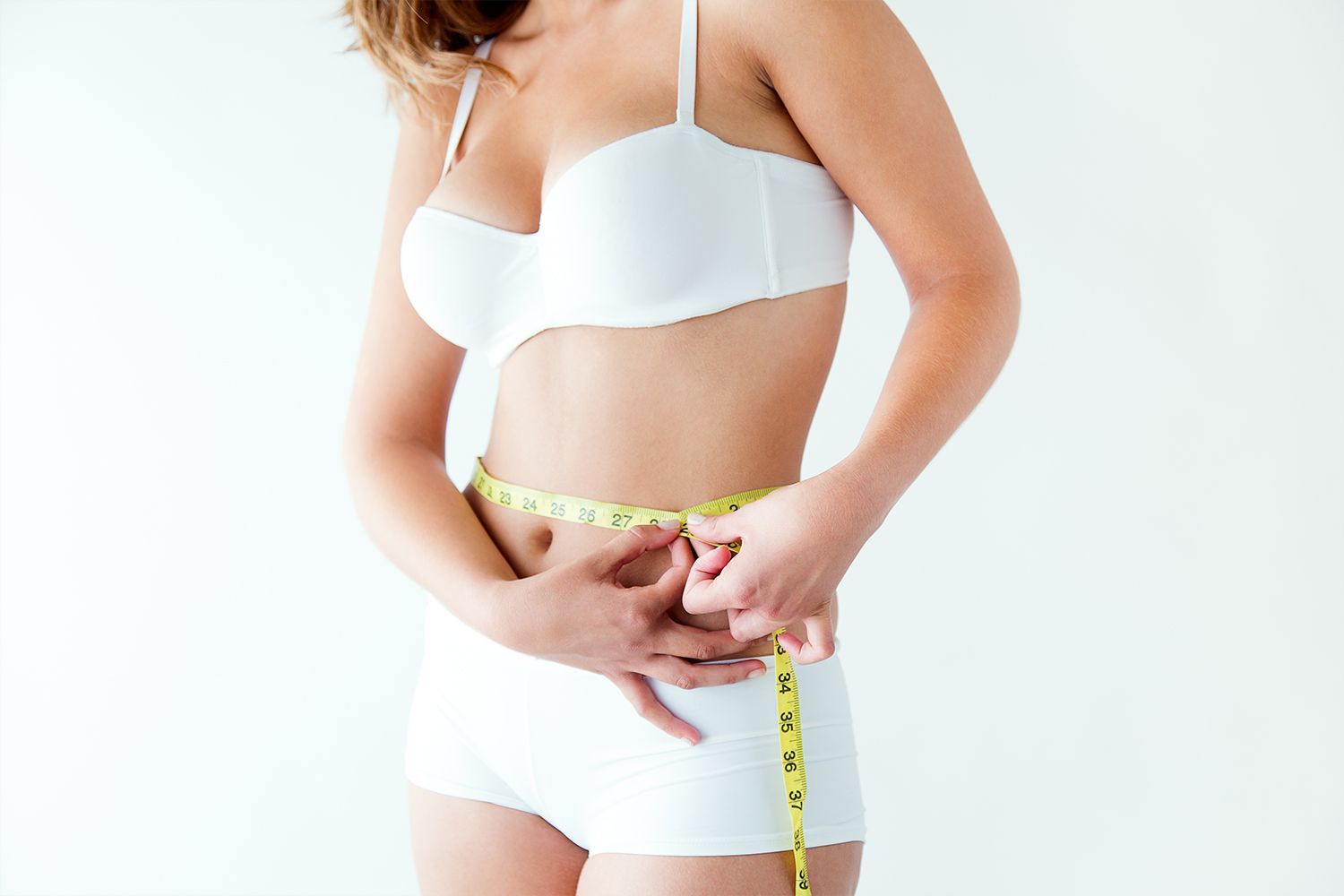
Initial Post-Surgery Care
After undergoing liposuction, proper initial post-surgery care is crucial for optimal healing and results. Following your procedure, your surgeon will provide specific instructions tailored to your case.
Initially, it's common to experience some pain, swelling, and bruising. To manage discomfort, your doctor may prescribe pain medication. It's important to wear compression garments as directed to minimize swelling and support the healing process.
During the first few days post-surgery, it's essential to rest and avoid strenuous activities. Make sure to keep the surgical areas clean and dry to prevent infection. Your surgeon will advise you on when you can resume showering and changing dressings.
You may also need to attend follow-up appointments with Plastic Surgeons In Chicago to monitor your progress and address any concerns.
Maintaining a healthy diet and staying hydrated can aid in the recovery process. Be mindful of any unusual symptoms and contact your surgeon if you have persistent pain, excessive swelling, or signs of infection.
Managing Swelling and Bruising
To effectively manage swelling and bruising after liposuction, it's essential to follow specific strategies recommended by your surgeon to promote optimal healing. Your surgeon may advise you to wear compression garments to reduce swelling and support the treated areas. These garments help improve blood circulation and minimize fluid buildup, aiding in quicker recovery.
Additionally, elevating the treated areas above heart level can help reduce swelling. By resting with your legs propped up on pillows, you can facilitate the drainage of excess fluid from the body, decreasing swelling and promoting healing.
It's crucial to stay hydrated and follow a balanced diet rich in nutrients to aid in the healing process. Proper hydration supports the body's natural healing mechanisms and can help reduce swelling. Foods high in antioxidants, such as fruits and vegetables, can also assist in minimizing bruising and inflammation.
Pain Management Strategies
To manage post-operative pain following liposuction, adopting effective pain management strategies is key to ensuring a comfortable and smooth recovery process. If you're considering Butt Lift Surgery In Chicago , your surgeon will likely prescribe pain medication to help alleviate any discomfort you may experience after the procedure. It's crucial to take the medication as directed to stay ahead of the pain and manage it effectively.
Additionally, applying ice packs to the treated areas can help reduce swelling and provide some relief from pain.
Apart from medication, wearing compression garments as recommended by your surgeon can also aid in reducing pain and swelling. These garments help support the tissues, minimize fluid buildup, and promote healing.
Engaging in light walking can also help improve circulation and prevent stiffness, although it's essential to avoid strenuous activities that could exacerbate pain.
Moreover, maintaining a healthy diet, staying hydrated, and getting adequate rest are vital components of pain management during your liposuction recovery. By following these strategies diligently, you can enhance your comfort levels and facilitate a speedier healing process.
Activity Restrictions and Resuming Normal Routine
Following liposuction, it's essential to adhere to specific activity restrictions and gradually resume your normal routine to support a successful recovery process.
In the initial days after the procedure, it's crucial to avoid strenuous activities such as heavy lifting, intense exercise, or prolonged standing to prevent complications and promote healing. Your surgeon will provide guidelines tailored to your specific case, outlining the activities you should refrain from and for how long.
As you progress through your recovery, gradually reintroduce light activities like walking to improve circulation and aid in the healing process. Listen to your body and avoid pushing yourself too hard too soon. Slowly increasing your activity level over time will help prevent setbacks and optimize your results.
Remember that following your surgeon's recommendations regarding activity restrictions and gradually resuming your normal routine are key components in ensuring a smooth recovery after liposuction.
Monitoring Incision Healing
Ensure you closely observe and monitor the healing progress of your incisions post-liposuction to track your recovery effectively.
Proper monitoring of your incisions is crucial in preventing complications and ensuring a smooth healing process. If you’re at a
Liposuction Hospital In Chicago , expect some swelling, bruising, and redness around the incision sites initially, which are normal.
Keep an eye out for any signs of infection, such as increased redness, warmth, or pus-like drainage, and contact your healthcare provider if you notice these symptoms.
As the healing progresses, the incisions should start to close up and form scabs. It's essential not to pick at these scabs to avoid infection and scarring.
Over time, the scabs will naturally fall off as the skin underneath continues to heal. Be diligent in keeping the incision areas clean and dry, following any specific care instructions provided by your surgeon.
Follow-Up Appointments and Results
Monitor the healing progress of your incisions post-liposuction closely to ensure optimal results and schedule follow-up appointments for continued evaluation of your recovery process. These appointments are crucial in tracking your healing, addressing any concerns, and ensuring that you're progressing as expected.
During your follow-up appointments, your healthcare provider will assess the incision sites, check for signs of infection or complications, and monitor your overall recovery. They'll also evaluate the results of the liposuction procedure to ensure that you're satisfied with the outcomes and discuss any further steps that may be needed.
It is essential to attend all scheduled follow-up appointments to allow your healthcare provider to make any necessary adjustments to your recovery plan. By staying engaged in the follow-up process, you can address any issues promptly and work towards achieving the best possible results from your liposuction procedure.
Remember to communicate openly with your healthcare provider about your concerns and expectations to ensure a successful recovery journey.
The recovery process after liposuction involves managing pain, swelling, and bruising with compression garments, pain medication, and rest. It's essential to closely monitor incision healing and follow post-surgery guidelines to support a successful recovery.
Gradually reintroducing light activities and attending follow-up appointments are crucial steps in resuming a normal routine. By following these steps diligently, you can ensure a smooth and efficient recovery process after liposuction.

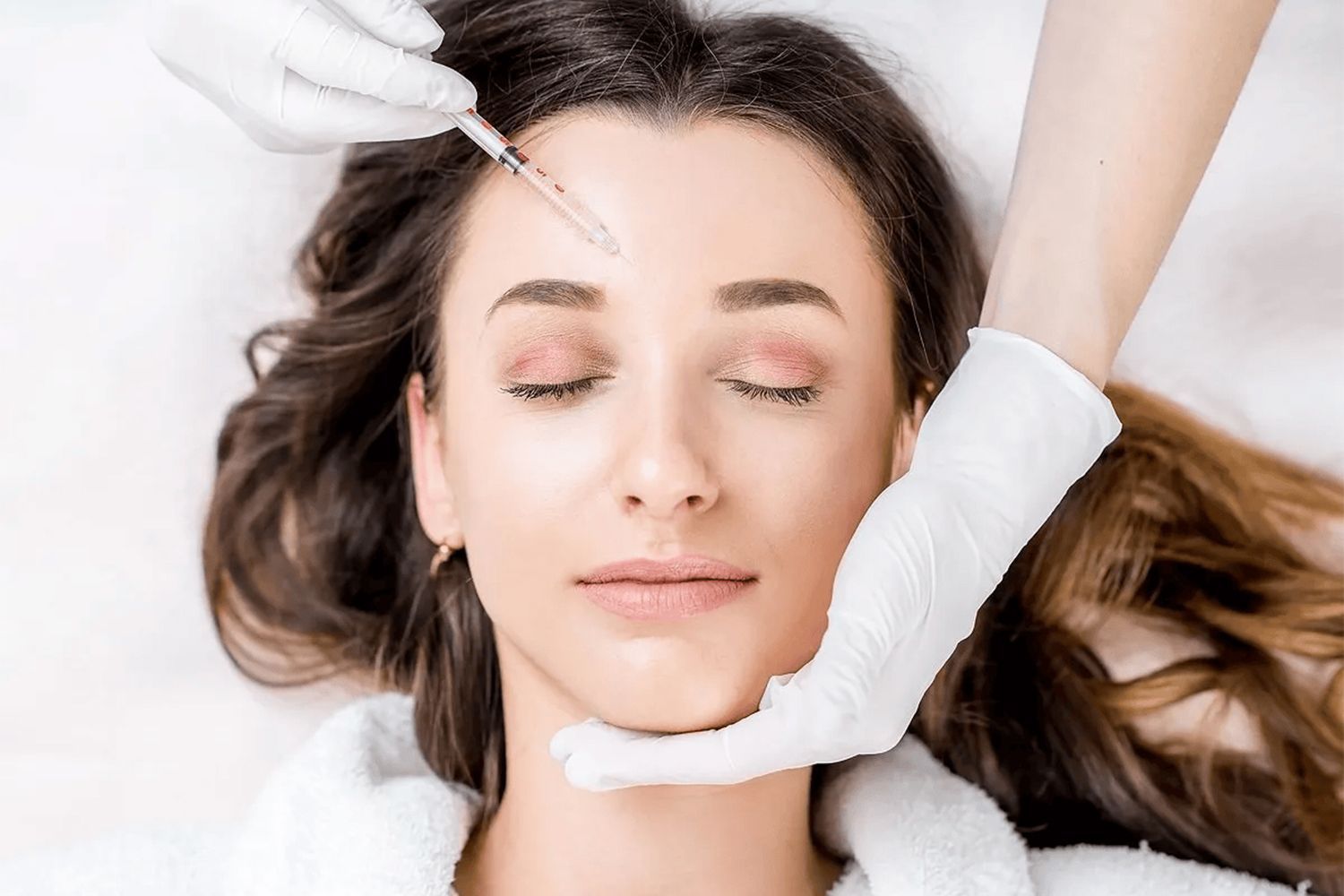
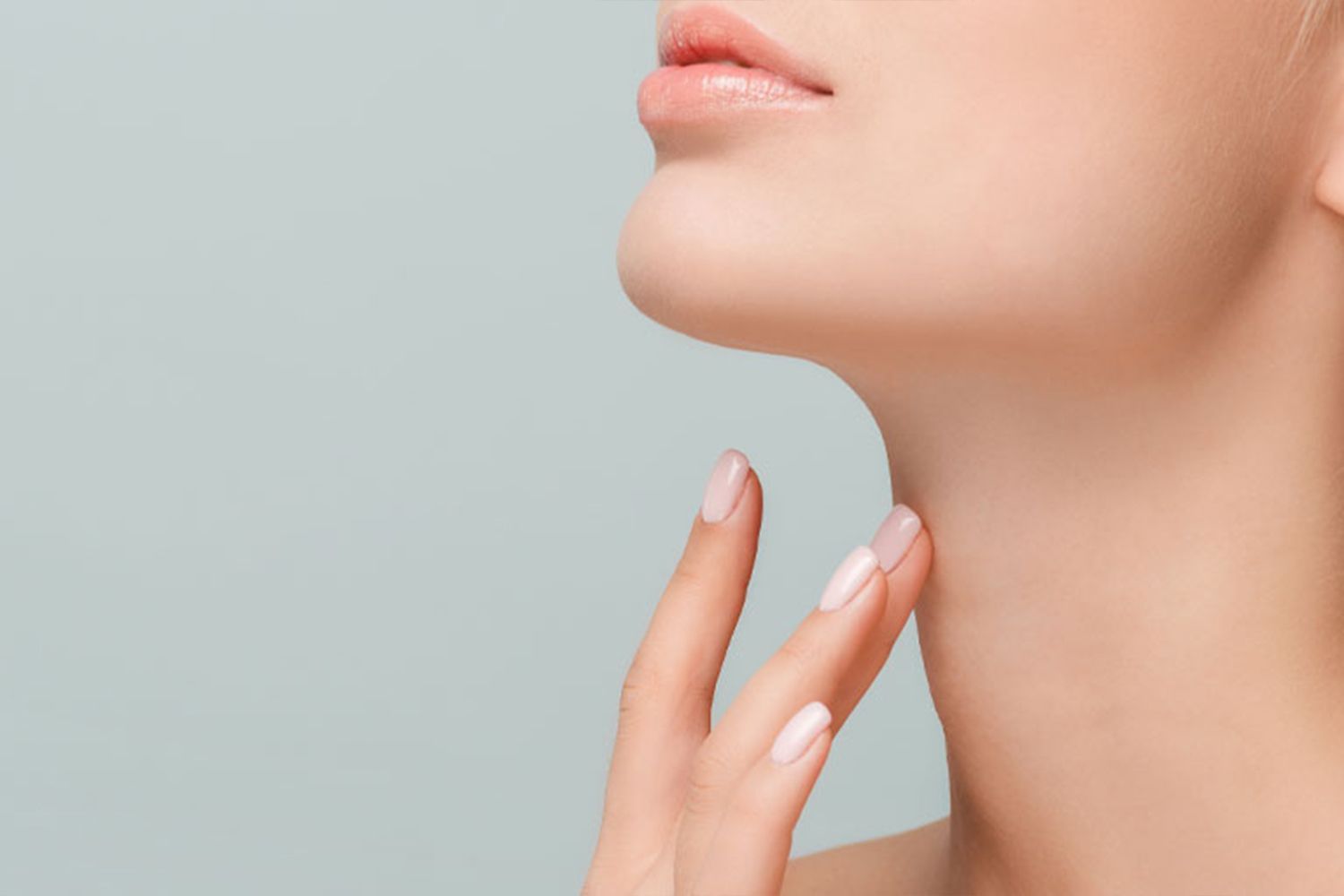
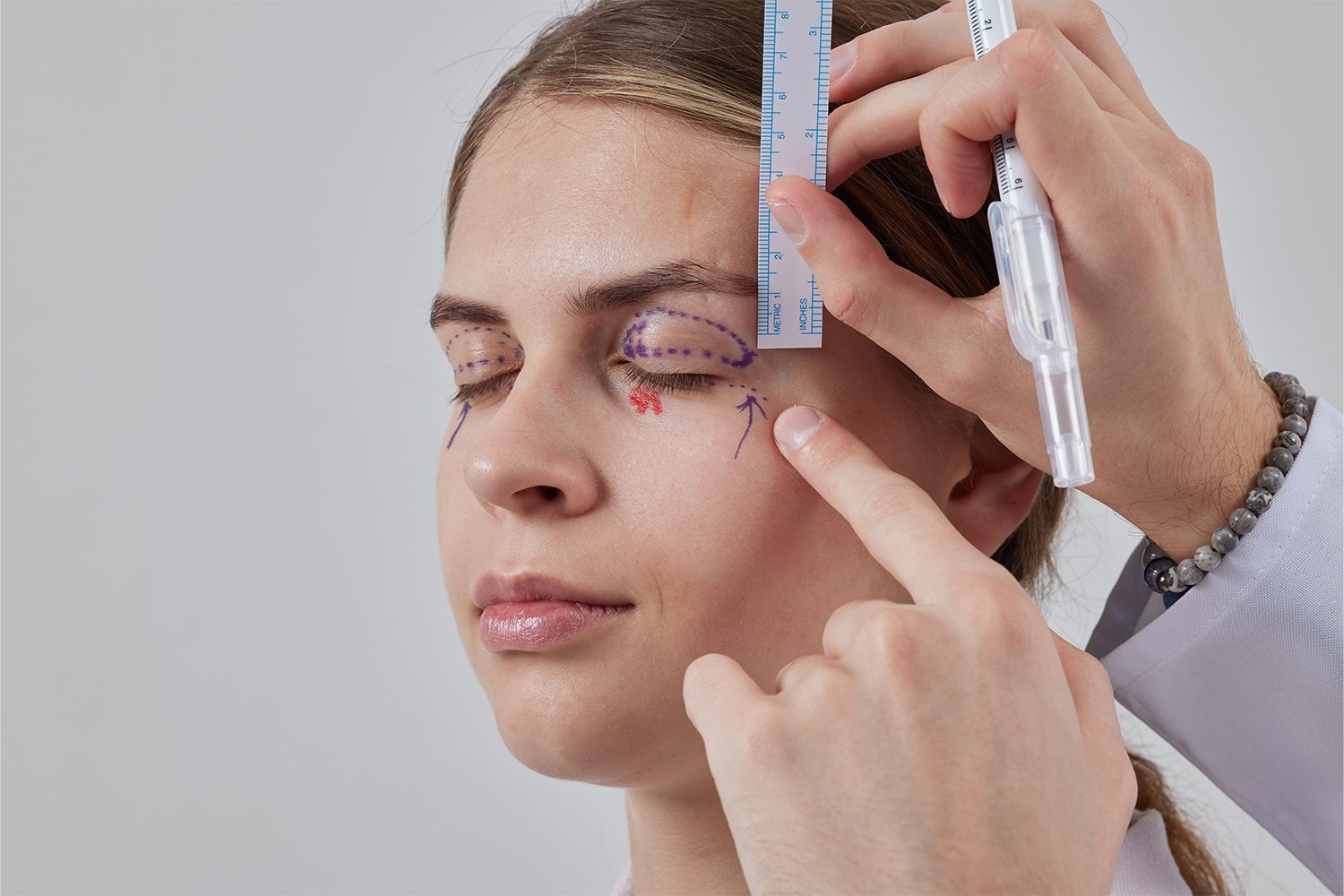
journey doesn't end there. From meticulous pre-surgery preparations to diligent post-operative care, there's a roadmap that leads to successful results and long-term satisfaction. But what are the key considerations that could make or break your eyelid surgery experience in the Windy City?

desired outcome. Each option offers distinct benefits, but the choice ultimately depends on various factors unique to your situation. Let's explore the key considerations to guide you towards selecting the most suitable procedure for your individual needs.
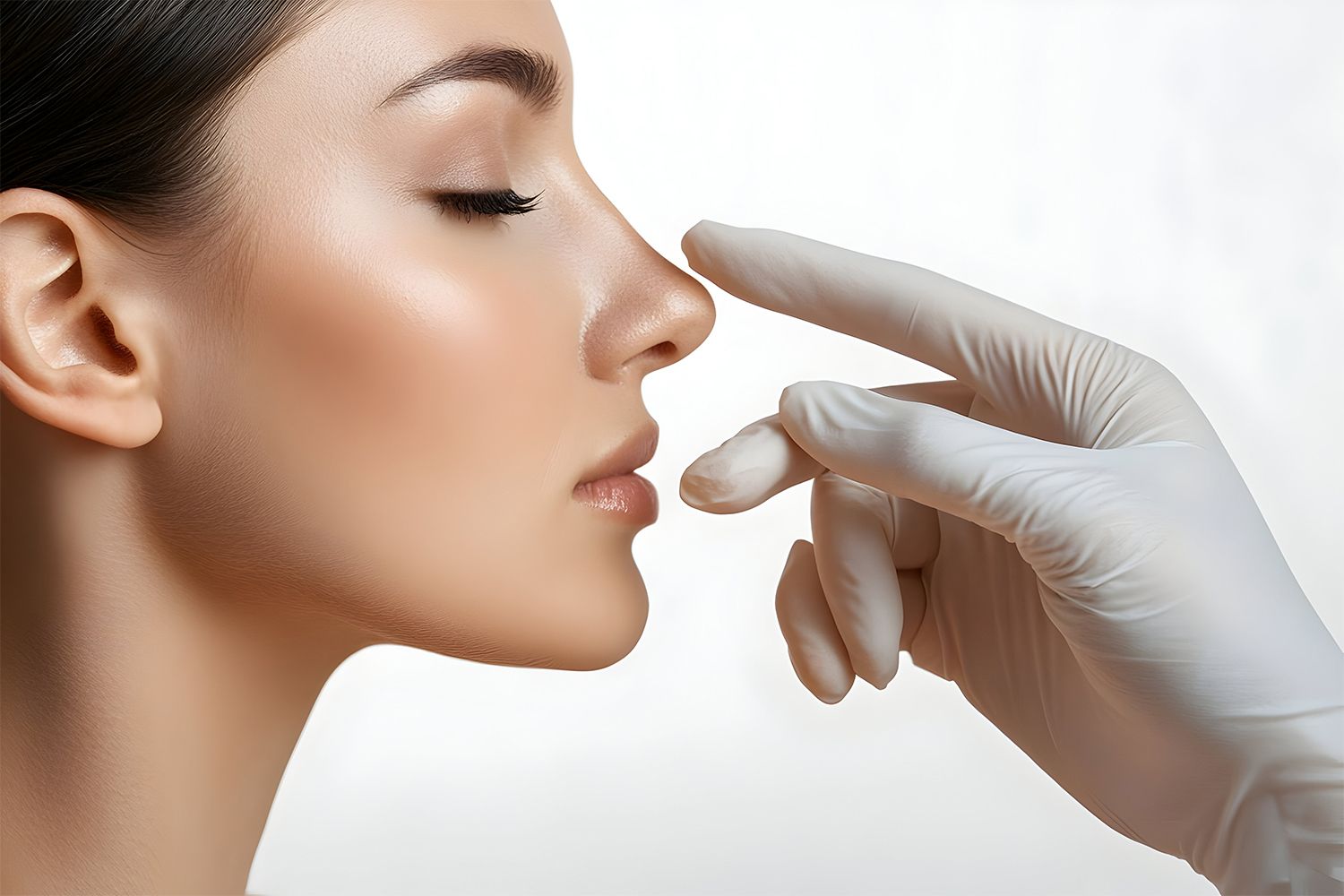
plays a vital role in your post-operative experience. By incorporating these strategies into your routine, you can pave the way for a successful and comfortable healing journey.

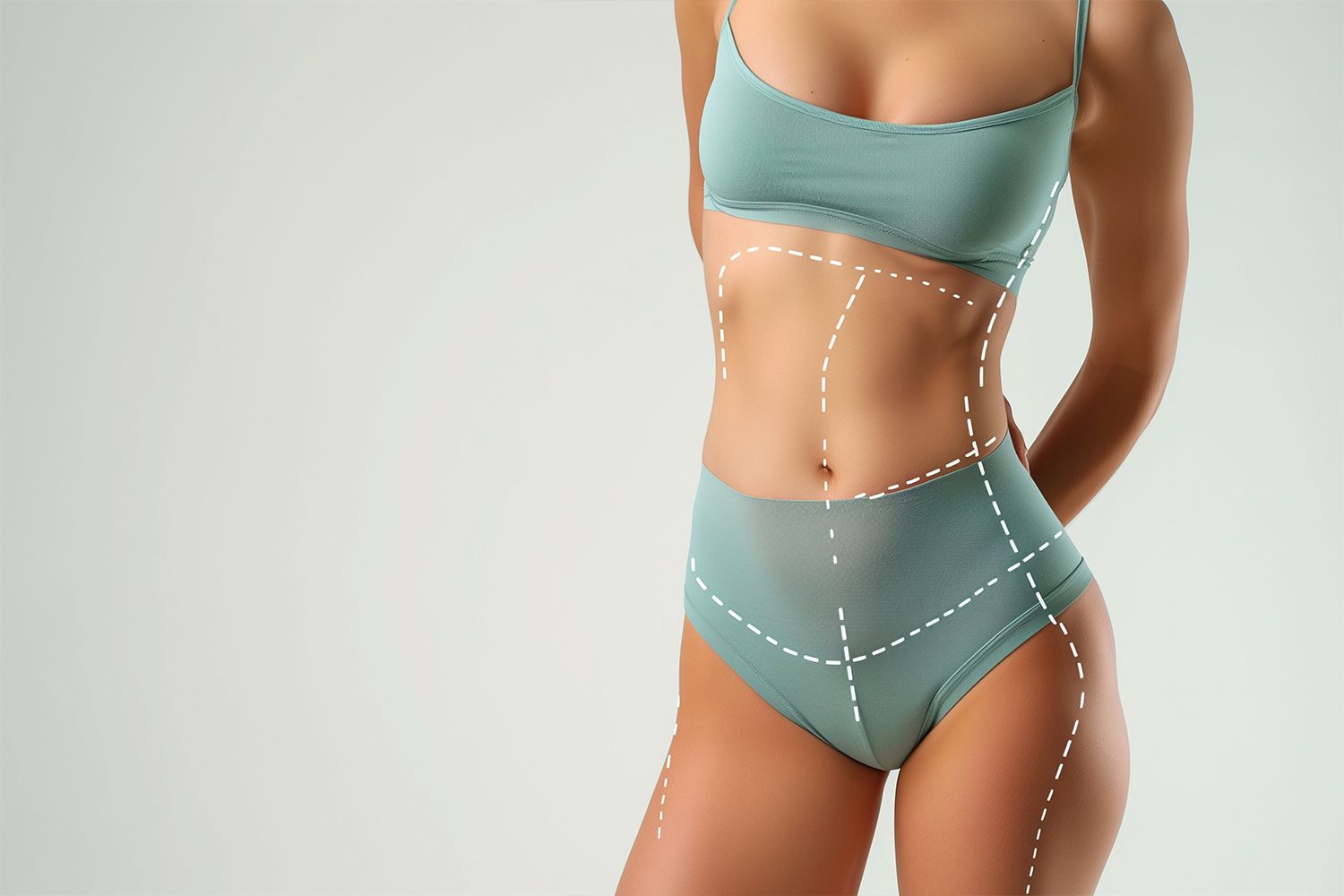
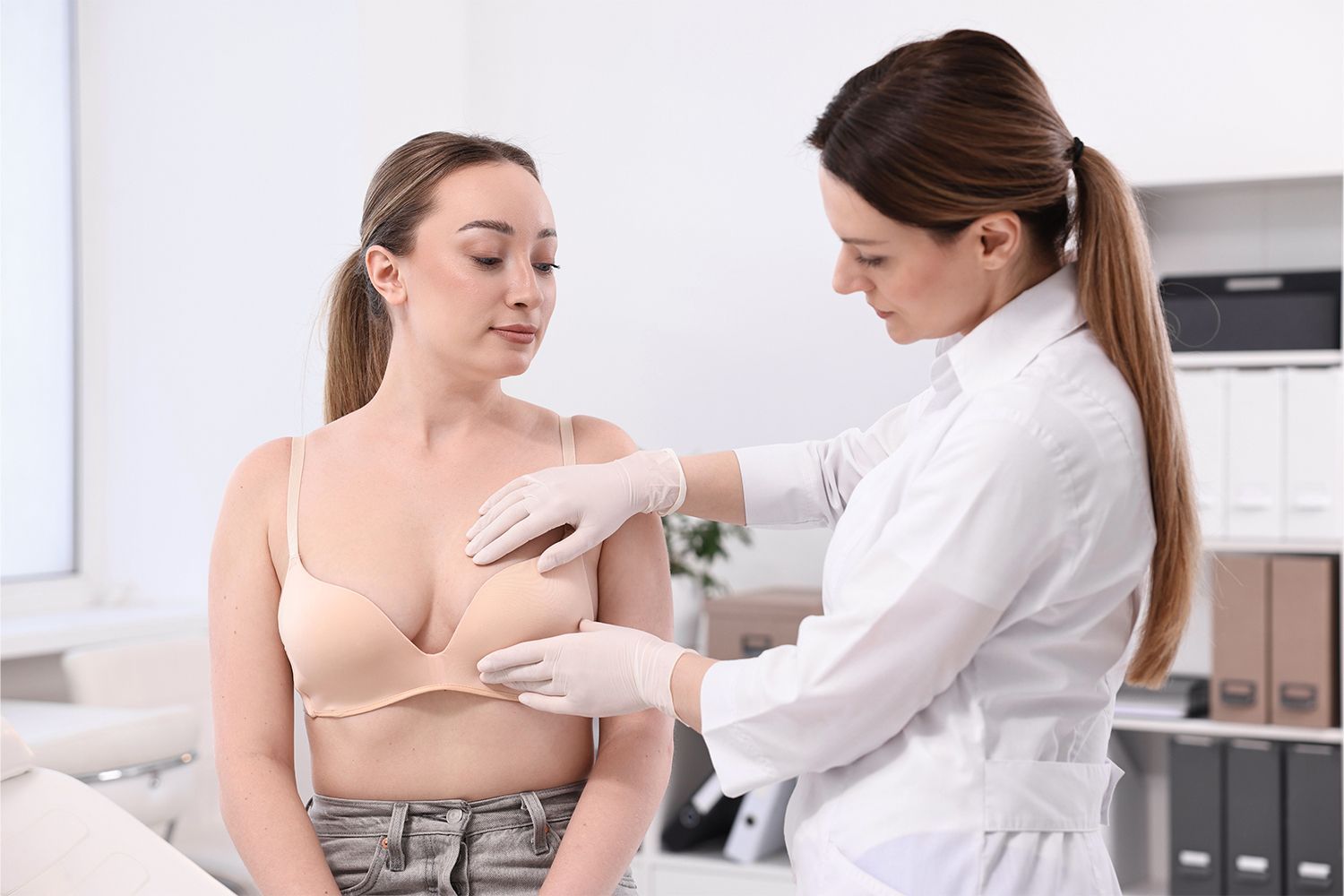
one piece of the puzzle. So, before jumping to conclusions, it's essential to understand the nuances involved in this intriguing discussion. Let's explore the complex relationship between breast size and sagging to unravel the truth behind this common assumption.

